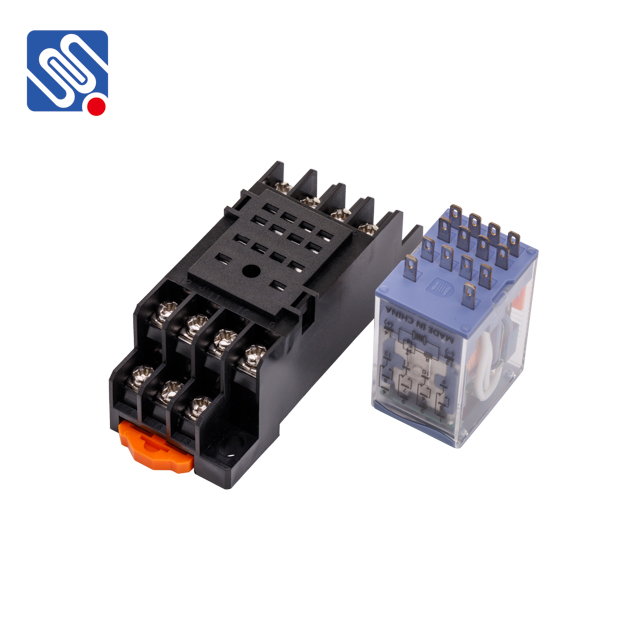An electromagnetic relay is an essential component used in many electrical and electronic systems to control circuits by switching them on and off. It operates based on the principle of electromagnetism and is widely used in automation, protection systems, and control systems. The purpose of this article is to provide an overview of the electromagnetic relay, explain its working principles, discuss its applications, and explore the benefits and drawbacks of using this device in various industries.

Principles of Electromagnetic Relay Operation An electromagnetic relay consists of several key components: a coil (which acts as an electromagnet), a movable armature (also called a plunger), contacts, and a spring. When electrical current flows through the coil, it generates a magnetic field that attracts the armature, causing it to move. The armature is connected to the relay’s contacts, and when it moves, the contacts either close or open, changing the state of the controlled circuit. The electromagnetic relay is primarily designed to control high-power circuits using low-power signals. For example, a low voltage signal can activate the relay, which, in turn, can control high voltage devices like motors or lights. This ability to handle different power levels while using minimal energy makes electromagnetic relays highly valuable in automation and control systems.
Leave a Reply
You must be logged in to post a comment.